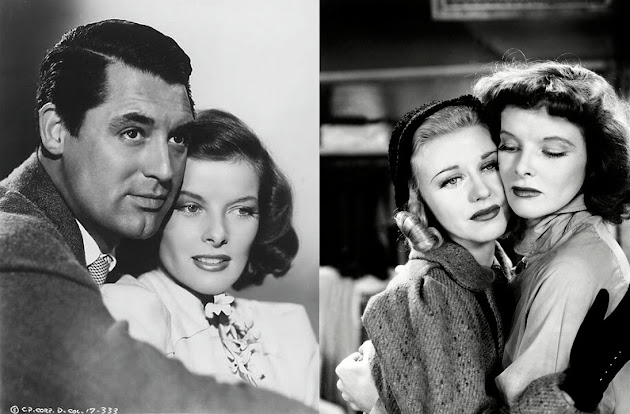Fred and ???

Last week's film was The Gay Divorcee ; the second of nine films that Fred Astaire and Ginger Rogers made for RKO between 1933 and 1939. This week's film is not one of the other eight. I should probably explain that. Following the release of the highly successful Shall We Dance , Fred Astaire was getting concerned that his entire professional career had been as one half of a dance partnership. On Broadway, he had been Fred & Adele (with his sister): ...and now in Hollywood, he was Fred & Ginger . Fred & Ginger & Ginger & Ginger In 1937, he and Ginger decided to see what would happen if they took a short break from each other. Ginger teamed up with Katharine Hepburn and made Stage Door . Fred made A Damsel in Distress . A Damsel in Distress is based on a 1919 novel by P. G. Wodehouse (who also co-wrote the screenplay) and was adapted as a vehicle for Fred Astaire at the suggestion of the composer George Gershwin. The novel tells the story of an American co...


